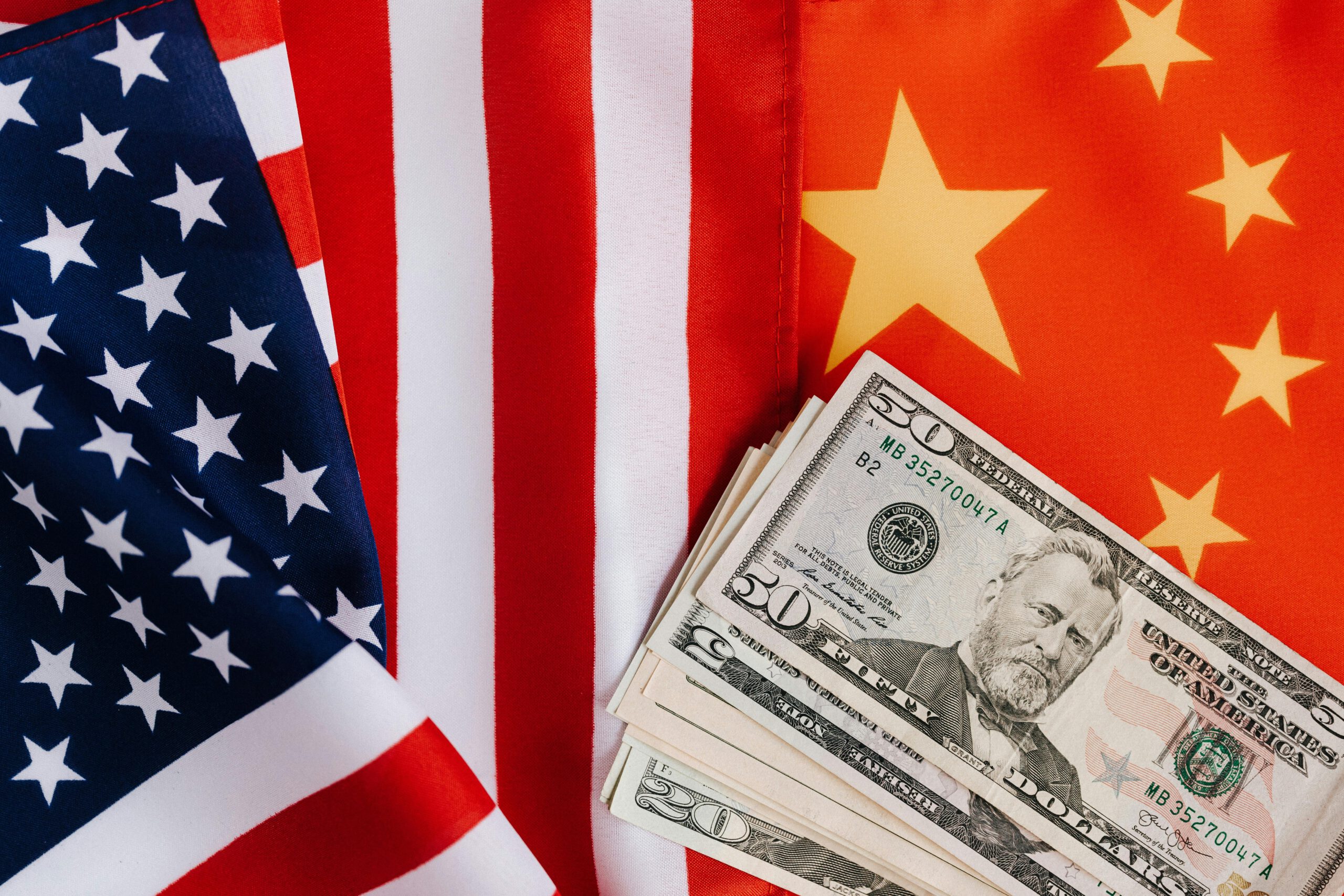China’s Political and Economic Model is Not Replicable for Other Nations
Recently, China has experienced rapid economic growth. Throughout the past decade, China’s GDP has nearly doubled, increasing from 8.93 trillion dollars in 2012 to 16.33 trillion dollars in 2022, according to The World Bank. Since the 1980s, China’s GDP growth has increased 9% per year on average, lifting approximately 800 million people out of poverty. This apparent success has raised the broader question: is China’s political and economic model a viable alternative to the United States?
One key argument many make is that China’s economic growth is due to its aggressive authoritarian political system, which makes passing economic policies an efficient and streamlined process. For example, China’s recent zero-COVID policy, a set of draconian pandemic control measures, greatly mitigated the virus in China and helped stabilize the economy. However, the downside of these policies was their infringement upon Chinese citizens’ human rights and personal liberty. Through lockdowns and China’s ‘health code system,’ these policies restricted people’s mobility. Additionally, infected people with little or no symptoms were trapped and isolated in hospitals against their will. The government utilized intrusive surveillance techniques which breached people’s privacy in order to trace contact. Ultimately, the goal of a government should be to support the people, however, such unnecessary protocols as seen during the pandemic can actually greatly restrict their freedom. Despite numerous protests, the government’s autocratic nature allowed this system to continue oppressing China’s populace.
Secondly, while we know China’s political system is overall authoritarian, the intricacies of China’s economic model are undefined, which makes it nearly impossible to implement. In the 1980s, China’s economic model was one of free market capitalism. After the 1989 Tiananmen crackdown, China severely restricted the private sector. In the 2000s, China loosened these restrictions, once again strengthening private corporations. Recently, however, the Chinese government has taken control of many Chinese tech companies, including major companies like Alibaba and Tencent. This trend clearly demonstrates that, despite the past four decades of great economic growth, China lacks a defined economic model. The country’s economic system has been in constant flux, which Dr. Xiaoyang Tang of Tsinghua University argues is the exact reason the Chinese government has not clarified what their economic structure actually is. No one truly understands the intricacies of the Chinese model and this makes it near impossible to implement.
This inability to implement the ‘Chinese model’ can be observed through recent developments in Ethiopia. Since 2005, Ethiopian leaders have tried to emulate China’s success, cooperating with and learning from China through military training, technology exchange, and joint peacekeeping missions. The result of this strategy, however, has been that the annual growth rate of GDP in Ethiopia has taken a clear downward trajectory since. According to the World Bank, the annual growth rate of GDP in Ethiopia was 13.6% in 2004. By 2012, that rate dipped to 8.6%, and more recently in 2022 it decreased to around 5%. This decreasing economic growth, combined with the fact that Ethiopia had a civil war during this time, demonstrates how China’s economic model is unreplicable. China’s economic success within its authoritarian system seems to simply be an anomaly, not something other countries should look to emulate.
Democracies, in comparison, have a consistent record for strong economic growth, notably demonstrated by the United States. In an analysis of 184 countries from Professor Daron Acemoglu of MIT, he found that on average countries saw 20% increases in gross domestic product per capita within two decades of democratizing compared to if they remained authoritarian. Furthermore, the U.S News explains that 7 out of the 10 largest economies operate within definite democracies. The reasons are numerous: democracies prioritize spending on welfare programs such as healthcare, which helps poorer segments of society become more economically productive. Furthermore, democracies allow for freedom of expression, which boosts innovation and creativity. It is clear that democracies lead to more stable economic growth while preserving individual liberty.
While China’s economic growth may seem appealing, its regime oppresses the people and simply is an anomaly that hasn’t been replicated anywhere else. Democracy, in contrast, has provided consistent economic growth in numerous countries, including the United States.

